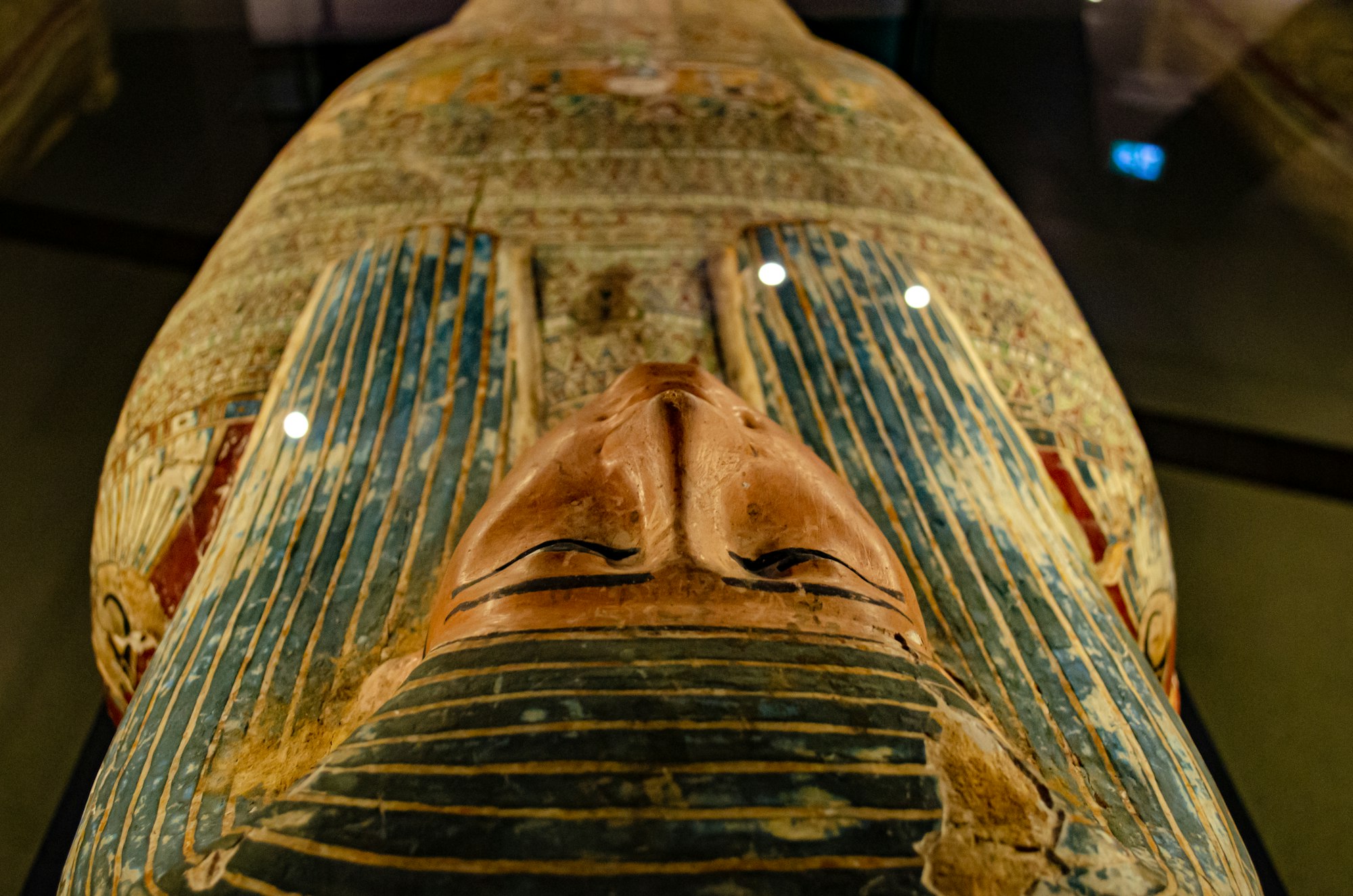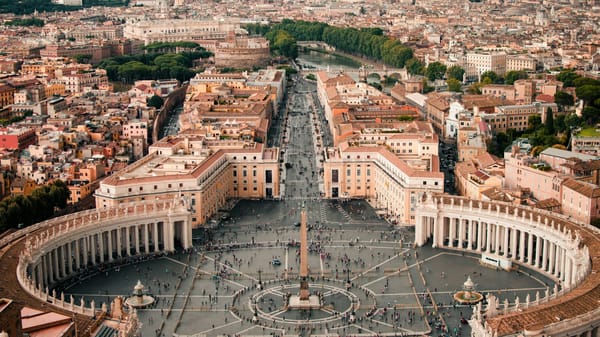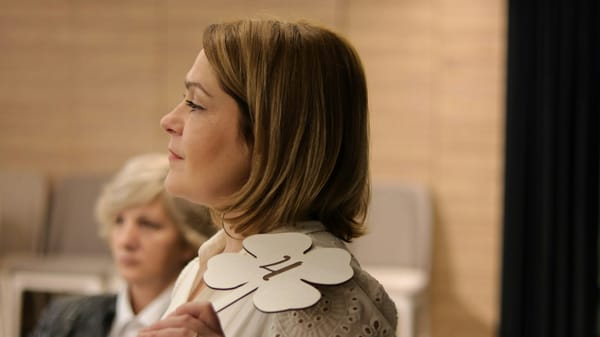The Dead on Display: Why Museums Must End Human Remains Exhibits
Museums worldwide, including the British Museum, face renewed scrutiny over the public display of human remains as calls for repatriation and ethical reforms grow.

Walk into the British Museum and there it is — the queue for the dead. Children pressing their faces to glass, parents snapping selfies with the mummified remains of someone who once had a name, a life, a family. In this room, death is not mourned. It’s packaged.
The British Museum says it treats human remains with “respect and dignity.” Respect doesn’t look like a tourist grinning next to a skull. Dignity doesn’t smell like the crowd jostling for an Instagram angle over an ancient body.

Times change. Sensibilities shift. And the conversation about human remains in museums is no longer niche — it’s unavoidable. In Australia, thousands of Indigenous remains have been removed from public view and repatriated. In the U.S., the Mütter Museum is reckoning with whether its collection of skulls and preserved bodies belongs in public at all. Across Europe, the number of institutions still displaying the dead is shrinking.
But the British Museum and others cling to this macabre currency. Why? Because mummies sell tickets. Because bones keep bodies flowing through the turnstiles.
Imagine if a foreign institution took the remains of your monarchs — or your parents — and mounted them under bright light, labeled and gawked at by strangers. That’s the reality for countless ancestors in display cases today, many taken under colonial violence or theft, others collected to prop up racist pseudoscience like phrenology.

The problem isn’t just the act of display. It’s the refusal to confront why those remains are there at all, and whose narratives are served by their continued exhibition. These are not simply artifacts. They are human beings reduced to objects, stripped of context, and deployed as exotic props in the museum’s story of itself.
Museums defend this as “education.” But education without ethics is entertainment with better lighting. And the audience is complicit — moving on from one glass coffin to the next without asking: Who gave you permission? Who decided this was yours to keep?
Repatriation is not a PR move. It’s restitution. It’s the minimum. And until institutions stop clinging to the dead as crowd-pullers, their claims to decolonize will remain exactly that — claims.
Museums love to say they preserve history. But when that history still breathes in the descendants of those on display, preservation without return isn’t preservation at all. It’s possession.
ART Walkway News







